Lipomas are round, variable sized, and gradually accumulate fat under the skin. They are usually benign.
According to the American Cancer Society, this tumor does not increase the risk of cancer. Small lipomas rarely cause symptoms. As they increase in size, large lipomas lead to signs such as pain when touched, can be felt, and soft, flabby breast skin. Lipomas can develop as a lump or a cluster.
This tumor forms in connection with trauma to the chest and surrounding area. This trauma stimulates the production of fat cells and fatty tumors. Other conditions such as hereditary multiple lipomatosis, Gardner syndrome - a genetic condition that involves the development of polyps in and outside the colon. Genetic factors are also one of the causes.
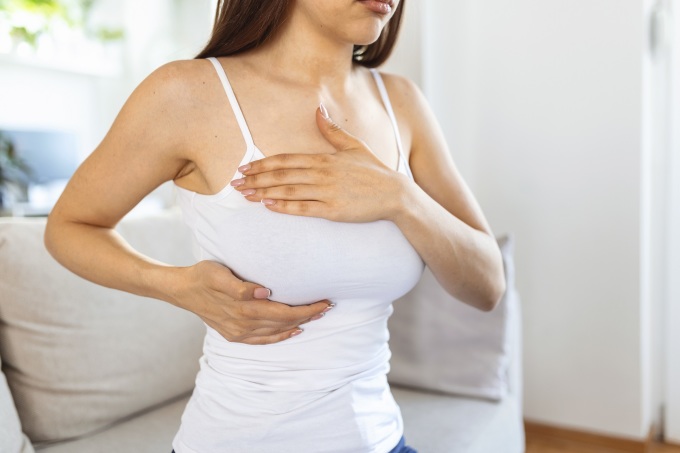
Large, palpable breast lipoma. Photo: Freepik
Lipomas usually do not require treatment. If the lipoma is very large, your doctor may consider surgery or liposuction. Liposuction has fewer side effects, causes less scarring, reduces pain, and reduces the risk of complications. Lipomas that are removed have a low recurrence rate.
In rare cases, a lipoma is very large or is growing rapidly, and can press on nerves, blood vessels, or joints, causing pain and discomfort.
Several other benign conditions can develop in the breast, such as cysts, neurofibromas, hematomas, and warts that develop in the milk ducts. A benign breast tumor can also arise from the cells lining the milk ducts, fatty or fibrous tissue, and from blood vessels in the breast.
Women should see a doctor if they notice an unusual soft lump in their breast, a family history of breast cancer, nipple discharge, inverted nipples, swelling, redness, etc. The doctor can perform diagnostic tests (ultrasound, X-ray, MRI, biopsy) to determine the condition and rule out the risk of breast cancer.
Mai Cat (According to Very Well Health )
Source link



![[Photo] Bustling Mid-Autumn Festival at the Museum of Ethnology](https://vphoto.vietnam.vn/thumb/1200x675/vietnam/resource/IMAGE/2025/10/4/da8d5927734d4ca58e3eced14bc435a3)
![[Photo] Solemn opening of the 8th Congress of the Central Public Security Party Committee, term 2025-2030](https://vphoto.vietnam.vn/thumb/1200x675/vietnam/resource/IMAGE/2025/10/4/f3b00fb779f44979809441a4dac5c7df)
![[Photo] General Secretary To Lam attends the 8th Congress of the Central Public Security Party Committee](https://vphoto.vietnam.vn/thumb/1200x675/vietnam/resource/IMAGE/2025/10/4/79fadf490f674dc483794f2d955f6045)










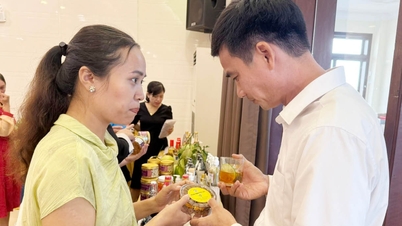


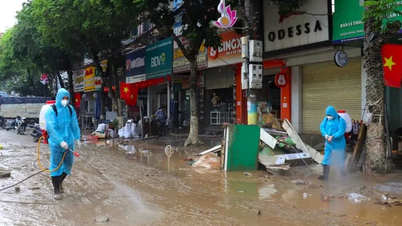






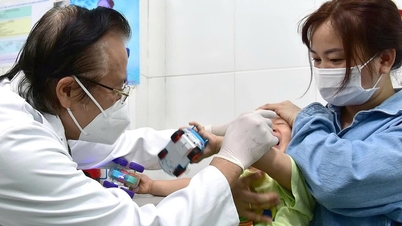











![[Infographic] Notable numbers after 3 months of "reorganizing the country"](https://vphoto.vietnam.vn/thumb/1200x675/vietnam/resource/IMAGE/2025/10/4/ce8bb72c722348e09e942d04f0dd9729)













































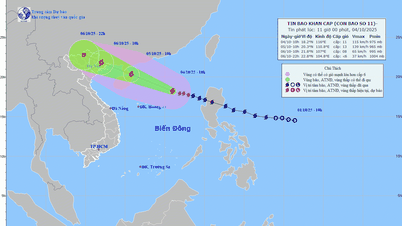













Comment (0)